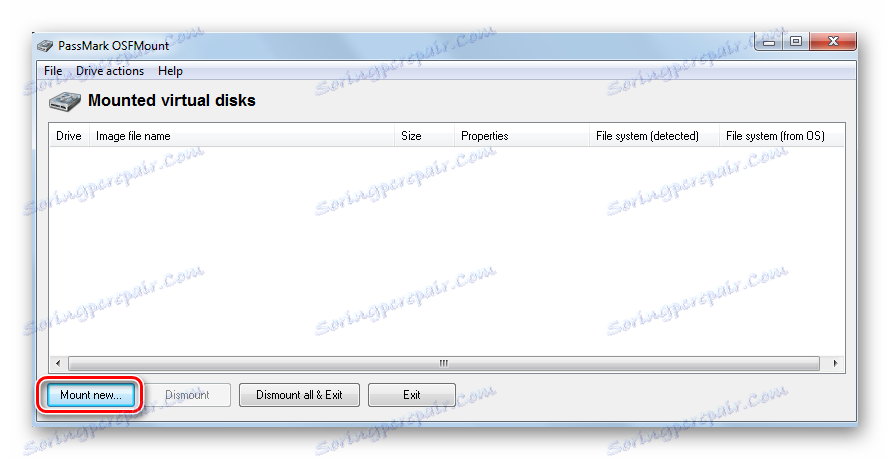
You can also press the USB button on the toolbar to see a list of devices which you can attach or detach. Once the virtual machine is started, plug in the device and you should see a prompt to attach the device. In the virtual machine configuration, make sure that “USB sharing” is enabled. Some devices cannot be captured including built-in Apple webcams and iOS some external flash drives. This means that many devices will not work properly when captured by the virtual machine. The device will always be configured on the host before a software reset is sent to the device and it is seen by the virtual machine. UTM SE does not support USB sharing.ĭue to the way macOS/iOS handles USB capturing (without custom kernel drivers), it is not possible to get a proper hardware reset on the connected device.

IOS Only jailbroken or exploit-based installs of UTM support USB sharing. It is supported only by the QEMU backend. By sharing a device with the help of the software, you can make it available for remote access via Wi-Fi without changing your existing network configuration.USB sharing allow you to connect a USB device to a virtual machine. The app enables you to work with any shared USB, be it a virtual USB controllers, virtual USB hubs, or any other USB peripheral, in a remote session. ✅ Access your local devices over RDP (Remote Desktop Protocol). USB Network Gate supports VMware, VMware ESX, Citrix XenDesktop, and Microsoft Hyper-V software.

With the software installed on a guest operating system, you can access all USB devices shared on a host computer from your virtual machine.

✅ Connect a virtual USB dongle to a blade server or a virtual machine. When a real USB port with a hardvare attached is shared on your computer, the app actually virtualizes the device so that you can access it from a remote machine via a “virtual USB port”. ✅ Create a virtual USB port on your machine and access your virtual USB device. Here’s what you can achieve with USB Network Gate:


 0 kommentar(er)
0 kommentar(er)
